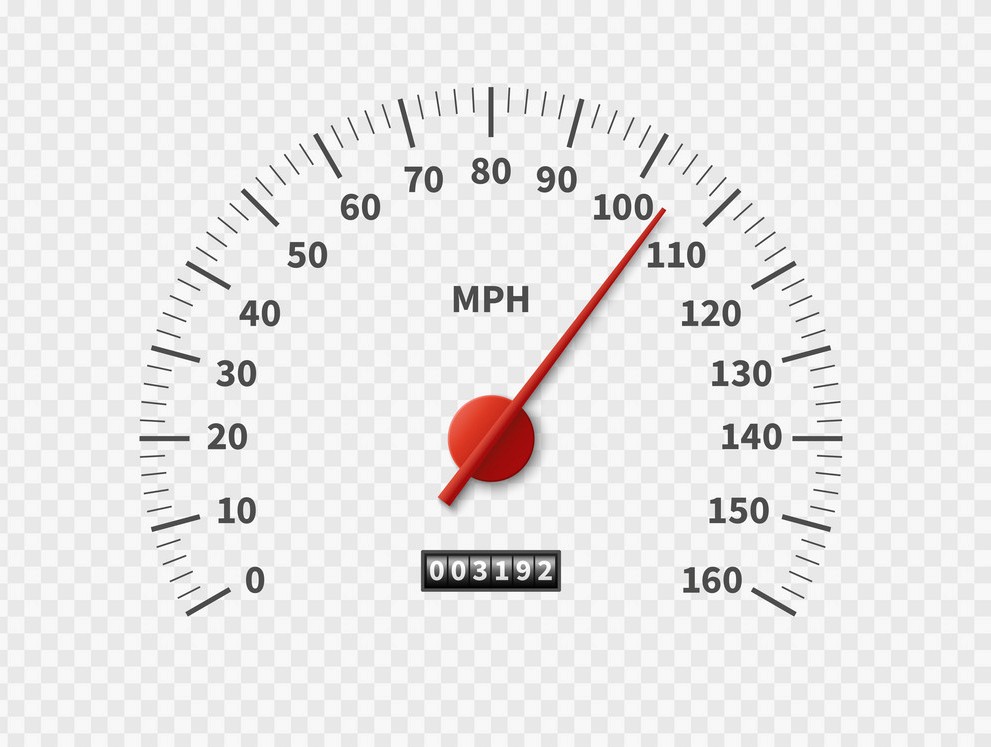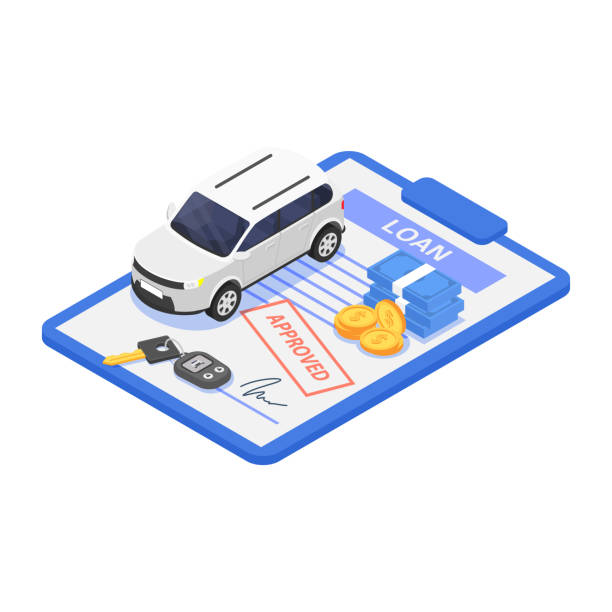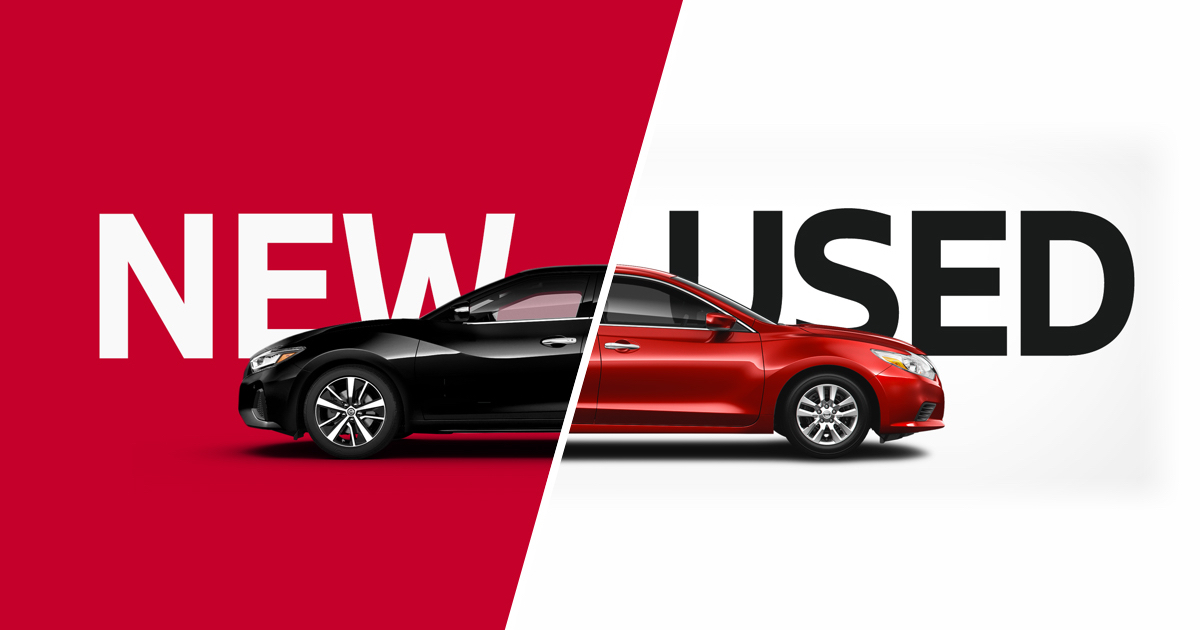Meter Tampering in Used Cars
Meter Tampering in Used Cars
The very first question that props up when enquiring about a pre-owned car is “Kitni chali hai’
- How much it has run?
- “Odometer reading kya hai?”
- “Milometer kitna hai?”
- “Mileage kya hai?”
- “Service records hai ki nahi?”
This question can be posed in various ways- some correct and some utterly wrong but the essence is the same as in how many kilometers has the vehicle been used in the previous ownership
Thus, before we delve into the nitty gritty of meter reading and how does it affect the value/quality of your purchase and how you can catch upfront any foul play we need to throw some light on the above terms which are somehow misleading and even misnomers.
- Odometer Reading : it is simply an instrument used to measure distance travelled by your car. Thus odometer reading is actually the total distance travelled by your prospective purchase in its lifetime.
- Milometer reading : When such a distance is expressed in miles (more common in high end or European vehicles) where miles is frequently used to denote distance.
- Kilometer Reading : More popular method of measuring distance in India is kilometer thus kilometer reading colloquially seeking is the distance travelled by your car in kilometers.
- Mileage : Basically, the total distance in miles that a motor vehicle has travelled thus is same as milometer reading. Note- This term is also used interchangeably to denote fuel efficiency of a vehicle i.e. the distance travelled by a vehicle pe unit of fuel quantity.
- Service Records : Its simply the digital logbook of dates and odometer readings (mostly kilometer in India) of your car as and when it has visited the OE dealer workshop.
It would be prudent to know why odometer reading is of such paramount importance when evaluating a pre-owned car
- By simple logic of wear and tear, a car driven more would be wanting more parts replacement in due course of time as every moving part of the vehicle has a corresponding life of its own easily expressed in KMs. Eg. Clutch set has a life of 45000 Kms and so on and so forth.
- Going by the total usage life one can say that a vehicle sparingly used (less driven) has more juice and life remaining in it and therefore can be a good buy.
- Of course there will always be vehicles with high KM reading and still of better quality than similar vehicles of low KM reading but of inferior quality. Thus it is pertinent t note that its not just less used vehicles that you should be chasing but gently used ones should be sought after to improve your price vs. value proposition.
- Having said that, from a layman’s perspective unless he/she has fully assured herself of the quality of vehicle on her own its better to stick to less driven ones preferably around 50000KMs plus/ minus 10000 KMs.
In fact, AutoRehman defines 5/50 (5 by 50) grade to be gold standard when it comes to comparing used car price value benefits.
As important as the odometer reading is, that easy is to tamper with it. In fact after the advent of digital odometers, it has become extremely cheap and undetectable to tamper with the odometer reading. It’s a widespread malice in the Indian used car market because of the lax laws and low awareness, the propensity is more in unorganized section and lesser in organized ones.
How on earth do you think that all cars displayed online on almost all websites are driven under 50000 KMs? Does that mean almost everyone uses their car for 50000 Kms and puts up for sale?
But you don’t need to take the seller’s claim on face value.
Let’s try to find out how you don’t need to take the seller’s claim on face value and analyze whether the odometer is bona fide or not.
- We are assuming here that you know how to check meter reading of trip A and trip B etc. One should note that most of the new age vehicles have a trip meter button on dashboard which gives you the distance travelled in different trips. If the tampering seller forgets by any chance to clear the trip logs you can see a larger figure on trip logs than on odometer. Although that can be plain luck only if the seller is naïve (most of them are careful enough).
- Now you can visit the concerned OE workshops to check when did the vehicle last arrived for service etc. Unfortunately this could also be defeated if the seller has checked the service record themselves before tampering with odometer.
- You can also try to enquire with concerned insurance companies where yearly renewals logs in the odometer reading of the day.
- Now this kind of exercise does not necessarily give you an exact and precise hold on the tampering (if any) done by the seller, but will definitely give you a fair idea of the style and average running of the previous owner in the annual sense. If you stay alert enough you can ask smart question to the seller and call out their bluffs.
- Matching the wear the tear on clutch pedal rubbers, driver’s seat sag, gear knob, key hole will also give you tell tale signs if the odometer reading seems to be out of sync with the general vehicle condition.
- Tyre Dates (every tyre has a manufacturing date coded on it) can also give away the tampering evidence as general life of tyre is considered around 40-50K KMs for midsized cars.
So what are the losses and remedies if you have been a victim of tampering at the hands of the seller?
- First thing first, you actually paid more than the value of your product because even if the car is not showing any troubles per se you probably shelled out more money than the real market value as low driven cars are generally sold costlier than their high driven counterparts.
- Apart from monetary loss, it’s your right to be told upfront all the quality related claims by the seller unambiguously. Unfortunately, Motor Vehicle Act is silent on this.
- God forbid if the vehicle is driven more than it shows on ODO, you would not know when are the various components are due for repair/ replace. It can sabotage all your attempts to maintain your vehicle.
- Now we mentioned earlier that low driven car per se does not guarantee good quality, Eg. A vehicle driven 45K KM may have its clutch expense due or AC compressor due whereas another vehicle driven 75K KM might just have got its new tyre set, new battery, new timing chain set and a new clutch set and therefore will necessarily be of better quality. See more on our due diligence section.
- Similarly, a too less driven vehicle say 20K KM in about 8 years also should be traded cautiously because these vehicles which are lying idle in parking yards are known to develop under body and cowl top rusting, tyre dryness, fuel line choking, engine locking and other such troubles. They can behave really erratically if the seller has failed to restore the vehicle before selling it to you.
So the bottom line is kilometer reading could be rule of thumb while zeroing n upon options but one should not be too obsessed with the idea of less run vehicles and should be evaluated in a holistic perspective of price v/s quality proposition.
(See our section on Due Diligence at our Eduportal www.autorehman.com)






